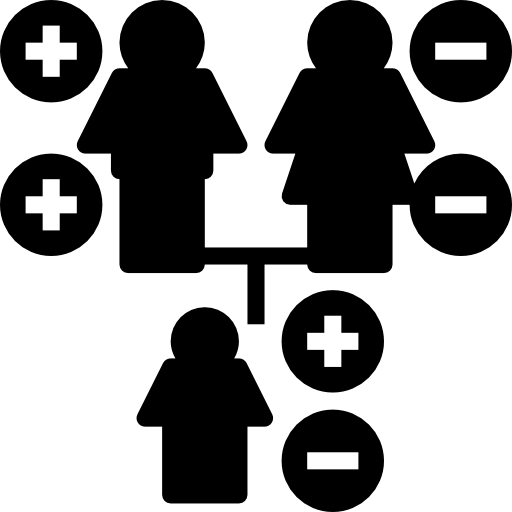- A 1872
- B 1876
- C 1927
- D 1950s
-
 Java Language Fundamental - Quiz 28
Java Language Fundamental - Quiz 28 -
 Java Language Basics - Quiz 12
Java Language Basics - Quiz 12 -
 Java Interviews MCQs - Quiz 18
Java Interviews MCQs - Quiz 18 -
 History of Java - Quiz
History of Java - Quiz -
 Java Data Types and Variables - MCQ - Quiz 51
Java Data Types and Variables - MCQ - Quiz 51 -
 Literals in Java - MCQ - Quiz
Literals in Java - MCQ - Quiz -
 Declaration and Access Control in Java - Quiz 25
Declaration and Access Control in Java - Quiz 25 -
 Operator in Java - Quiz 12
Operator in Java - Quiz 12 -
 Java Control Flow - Quiz 19
Java Control Flow - Quiz 19 -
 Java Constructor and Methods - Quiz 32
Java Constructor and Methods - Quiz 32 -
 Array in Java - Quiz 15
Array in Java - Quiz 15 -
 String in Java - Quiz 19
String in Java - Quiz 19 -
 Overriding and Overloading in Java - Quiz 12
Overriding and Overloading in Java - Quiz 12 -
 Inheritance in Java MCQ - Quiz 30
Inheritance in Java MCQ - Quiz 30 -
 Java Interfaces And Abstract Classes MCQ - Quiz 20
Java Interfaces And Abstract Classes MCQ - Quiz 20 -
 Java thread MCQ - Quiz 22
Java thread MCQ - Quiz 22 -
 Java Exception MCQ - Quiz 25
Java Exception MCQ - Quiz 25